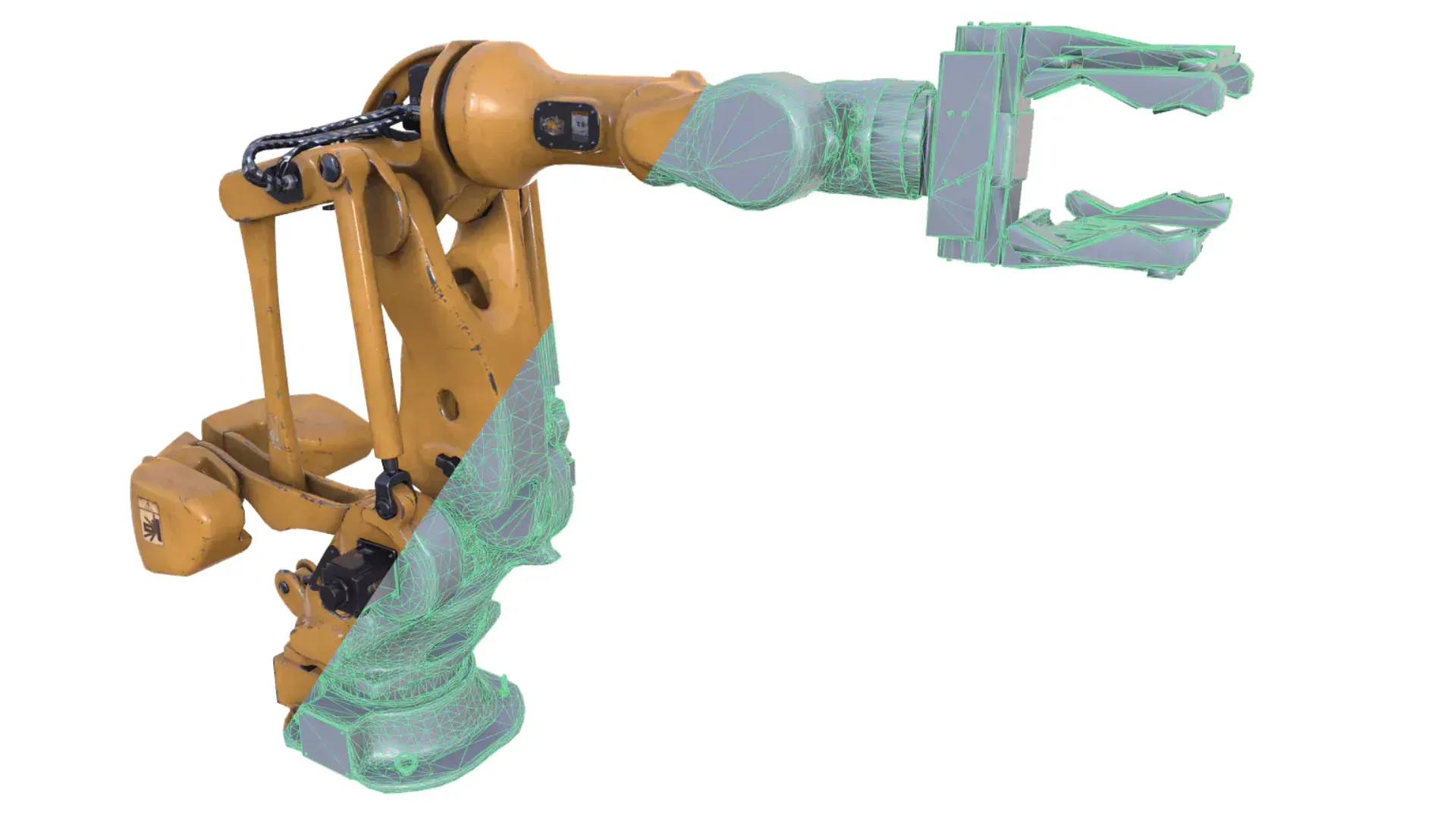5 Reasons To Optimize 3D Assets in 3D Game Development

In the dynamic and ever-evolving realm of 3D game development, the optimization of 3D assets stands as a cornerstone that can significantly influence a game's success. Optimization refers to the meticulous process of refining and adjusting 3D models to ensure they are not only visually striking but also resource-efficient. This article delves into the five critical reasons why optimizing 3D assets is a pivotal practice in game development.
Enhanced Performance:
Smoother Gameplay Experience
Optimization paves the way for smoother, more fluid gameplay. It ensures that 3D models render quickly and efficiently, preventing any lags or stutters that could disrupt the gaming experience. Moreover, it's not only about the in-game performance but also about reducing the load times, which is a significant factor in player satisfaction.
Lower Hardware Requirements
When 3D assets are optimized, they require less computational power to render. This inclusivity means that players don't need to own the latest or most expensive hardware to enjoy the game, widening the potential audience.
Cost-Effective Development:
Reduced Time and Resources
Optimized assets are lighter and easier to work with, which can shorten development cycles. Developers can focus their time and resources on creativity and innovation rather than troubleshooting performance issues.
Budget Allocation
Savings from optimization can be redirected to other aspects of development, such as story development, level design, or even marketing efforts, all of which can contribute to a game's overall success.
Scalability:
Support for Various Platforms
Optimization facilitates the adaptation of games for different platforms, from high-end PCs to mobile devices, ensuring that a broad audience can enjoy the game regardless of the device.
Future-Proofing Your Game
As technology advances, games with optimized assets are better suited to take advantage of new hardware and software enhancements, effectively future-proofing them.
Improved User Experience:
Aesthetic Cohesion
Well-optimized 3D assets contribute to a unified aesthetic look, where every element of the game's environment is in harmony, enhancing the visual appeal and immersion.
User Engagement and Retention
A game that performs well and looks great is more likely to keep players engaged and encourage them to return, which is crucial in the current competitive market.
Competitive Edge:
Staying Ahead of the Curve
With countless games released every year, those with optimized assets stand out by providing a superior experience, setting a benchmark in the industry.
Meeting Player Expectations
Today's gamers expect high-quality visuals without compromising performance. Optimization is key to meeting these expectations.
Conclusion
The optimization of 3D assets is not just a technical necessity; it's a strategic move that influences the game's reception and longevity. It affects performance, cost, scalability, user experience, and competitive positioning.
Recap of Optimizing 3D Assets
To summarize, optimizing 3D assets ensures a seamless gaming experience, economical use of resources, scalability across platforms, an engaging user experience, and helps a game stand out in the competitive landscape.
Final Thoughts on Asset Optimization
Optimization should be an integral part of the 3D game development process, from the initial design to the final release.
FAQs
- What does 3D asset optimization mean for the average gamer?
- How does asset optimization impact multi-platform development?
- Can optimization affect the artistic vision of a game?
- How do developers balance quality and optimization?
- Why is optimization more critical now than in previous years?
TALK TO A PRO
We're here to bring your brand to life!
Stay Connected with BrandXR
Create Augmented Reality for Free!
Create, Publish, and Measure 3D Augmented Reality Experiences Without Having to Code.














